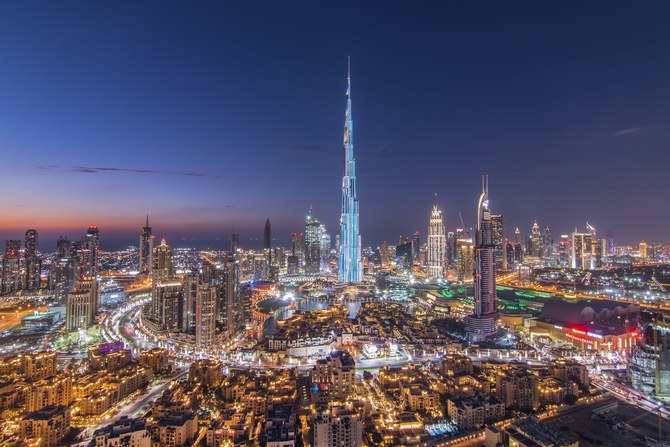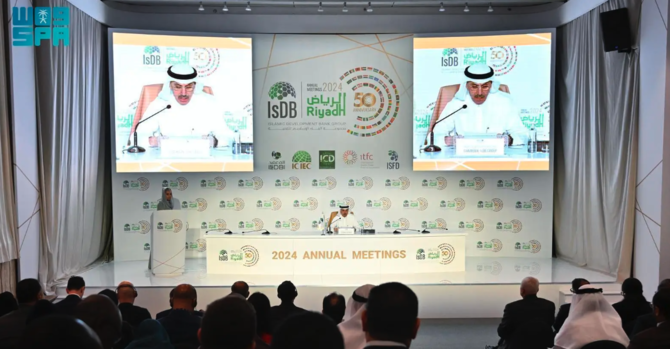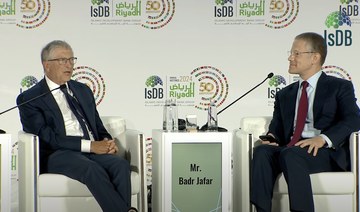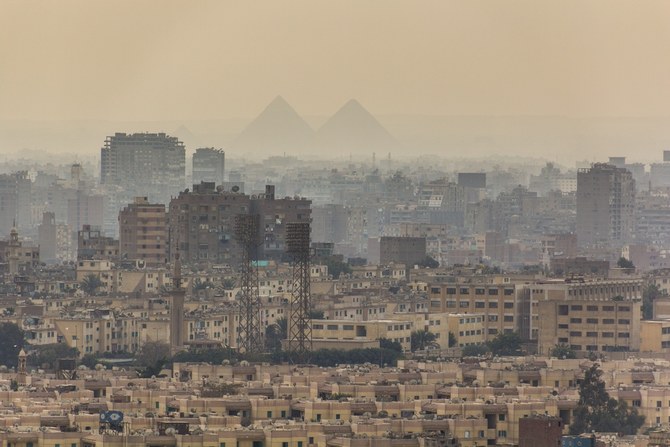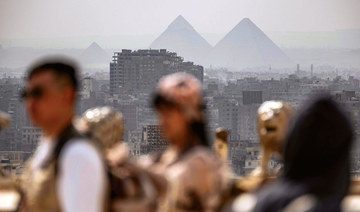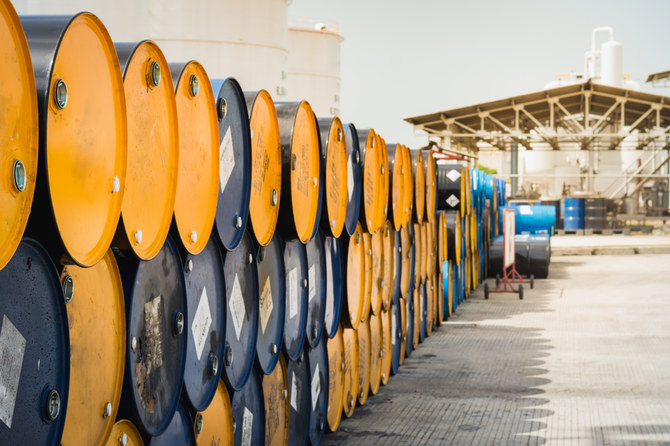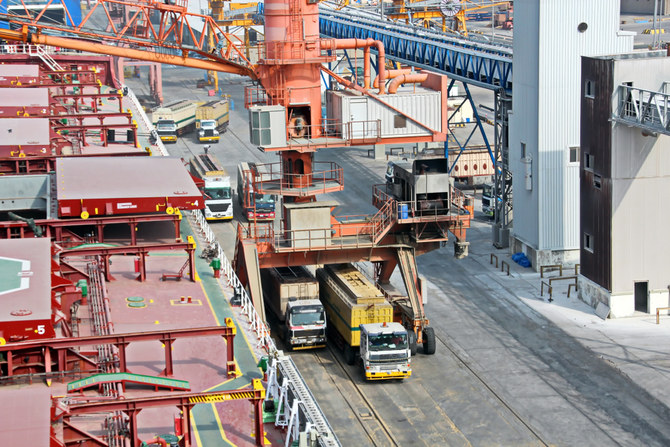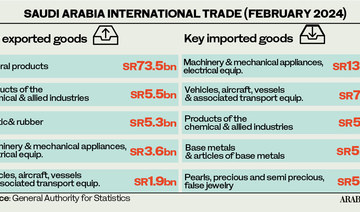RIYADH: Dubai’s inflation witnessed a slight decrease in March, dropping to 3.34 percent compared to 3.36 percent in February, according to official data.
The decline in inflation is attributed to lower prices of specific goods and services, notably in the food and transportation sectors.
Dubai’s Consumer Price Index rose to 110.77 points in March, compared to 110.50 points in the previous month, due to the rise in prices of key expenditure groups and services, including insurance and financial services by 8.67 percent, housing, water, electricity, gas, and fuel by 6.34 percent, and education by 3.62 percent.
However, despite the overall decrease in annual inflation, some sectors experienced price hikes. These areas included transportation, which witnessed a 1.75 percent increase, and housing, water, electricity, gas, and fuel, which saw a 0.58 percent increase.
Speaking to Arab News, economist and policy adviser Mahmoud Khairy highlighted that inflation affects sectors differently based on various factors such as economic structure and market dynamics.
“The most prominent and immediate effect of inflation is on consumption, potentially reducing consumers’ purchasing power and altering spending patterns,” he said.
Khairy also emphasized the sensitivity of the housing and real estate markets to inflationary changes in the Gulf Cooperation Council region.
“Construction costs and property values may increase which will put extra burden on financing needs,” he added.
In addition to the decrease in inflation, food and beverage prices in Dubai in March decreased by 0.36 percent, along with drops in furniture prices by 0.06 percent and information and communication by 0.02 percent.
The cost of restaurants and hotels also decreased by 2.15 percent, while prices of insurance and financial services lowered by only 0.08 percent.
In neighboring Saudi Arabia, inflation also fell in March, registering a rate of 1.6 percent compared to 1.8 percent the previous month.
Shifts in the food and beverage sector primarily drove the decline.
Khairy explained that inflation expectations influence consumer behavior, similar to preparing for a weather forecast.
“When people expect prices to rise, they often rush to buy things sooner to avoid paying more later,” he said.
Investors closely monitor inflation, tweaking portfolios based on their predictions. Similarly, policymakers and central banks rely on inflation expectations to steer the economy, akin to checking weather forecasts for planning.
Earlier last week, IMF chief Kristalina Georgieva remarked on the importance of central bankers meticulously adjusting their interest rate reduction strategies in response to incoming data.
Regarding challenges and opportunities for GCC economies, Khairy noted the reliance on oil revenues, currency pegs to the US dollar, and geopolitical tensions in the Middle East as factors influencing inflation and economic stability.
“Disruptions to global supply chains due to geopolitical tensions or trade disputes can lead to supply shortages and price increases, contributing to inflationary pressures,” he said.
The World Bank said in a report that “GCC countries are small open economies with high dependence on international trade which makes them vulnerable to global shocks in addition to domestic ones.”
Khairy also emphasized the importance of economic diversification efforts and strategic infrastructure investments to mitigate the impact of external shocks on inflation and promote overall financial stability in the region.
He concluded that higher inflation poses challenges for government budgets and financing.
“As prices increase, governments face a higher fiscal deficit to achieve just the same level of consumption and investment. On the other hand, inflation is always associated with higher interest rates which increases the cost of financing for government debt,” he said.



